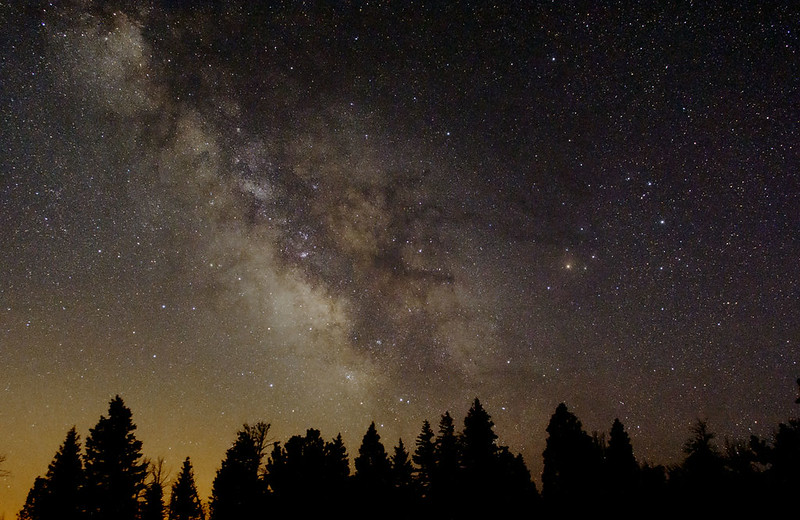Vegan.Hiker
Member
- Joined
- Jul 5, 2014
- Messages
- 2,099
Question... Is it even worth trying to shoot night sky shots with a slower lens? My wide angle lens only opens up to f4.
And am I understanding this "rule of 600" thing correctly that if I shoot 10mm on my crop sensor camera that exposures under 40 seconds won't show any motion blur? (600/(10*1.5))=40?
Considering I'd have to jump on a plane or drive over a few State lines to escape light pollution I don't think it's worth it for me to buy a second wide angle lens with a wider aperture just for night skies.
And am I understanding this "rule of 600" thing correctly that if I shoot 10mm on my crop sensor camera that exposures under 40 seconds won't show any motion blur? (600/(10*1.5))=40?
Considering I'd have to jump on a plane or drive over a few State lines to escape light pollution I don't think it's worth it for me to buy a second wide angle lens with a wider aperture just for night skies.



